One of the first flowers, that we learn to recognize in childhood is a bell. Certainly for its characteristic shape and color of the equally traditional. Bells and bells accompany us through life today and maybe the "ringing" on us sometimes a bit too much. However, in addition to sound alarms and telephones are not ringing quite affordable garden and rejoicing. These blooms belong to the genus Campanula, the name derived from the Latin with "Campana" and refers to a "bell". The translation here does not limp, and the bell is a bell around the world. The shape of the flowers is so eloquent, the bell rank among one of the oldest flowers emblematic. In Europe in particular, is associated with the cult of the Virgin Mary. The form and color of the flower is always marked the hooded cloak of the Virgin Mary. So the rich blue of us and guides our gardens for centuries. Tiny blossoms and larger bells, bells flora found in many landscapes from across the Mediterranean, European forests and meadows to mountains throughout most of Eurasia and North America. If you wanted to go after their tracks, You counted some 300 species in a wide range of sizes, and treble tones.
- Campanula chamissonis
- Campanula persicifolia 'Grandiflora'
- Campanula sarastro
What is the bell like a plant?
Virtually all of the bells are hardy plants. some more, other less. Only the bell middle, Campanula medium, the biennials and after flowering forms a lot of seeds and dies. Among the most important kinds of garden bells belong C. latifolia growing to a height of 100 cm flowering in June white or blue flowers. Domestic species is C. persicifolia, which is known for its narrow lanceolate leaves and showy flowers up to 90 cm high. Another of our people is kind of like a high C. trachelium. Beautiful landmark of the garden can become a Caucasian C. lactiflora to 150 cm tall. For perennial beds are suitable for small to medium species such as C. alliarifolia or C. glomerata whose takesimana. Very popular in the Czech lands of the former traditional obrubovka C. Carpathian, you can sort the already low catch bells. Skalničkáři also appreciate the offer dozens of small species with Special Needs. The flowers are in different species and varieties of large range in terms of colors and sizes. Besides the infinite variety of shades of blue and modrofialových it is in the culture of a whole series of forms in white, pink and various tones of lilac. Well known are also bells half-full to full. In the menus, you can also catch some remarkable hybrids between C. takesimana a latifolia, eventually C. bet a trachelium whose C. punctata a takesimana.
- Campanula betulifolia
- Campanula tridentata
- Campanula thyrsoides
Where is he doing?
Bells require more diffuse light than when in full sun or deep shade. The range of the species is not such generalization claims, but virtually all appreciate the soil friable, humous and permeable. As we say gardeners, fresh. That is not wet, suché years, but well stocked with water. In wetter soils, especially higher species habitat can handle full sun. Keep in mind, some bells are not among long-lived and over-fertilized habitats are aging somewhat faster. It is therefore appropriate to add to the quality of site preparation and lose fertilizers. Most bells nakvétá from late spring to mid-summer, many of them long into the autumn remontují. Repeated flowering can be encouraged by removing faded parts before, before using to seed. Multiplication of varieties and cultivars need dividing clumps, leaf rosettes or small cuttings in sand oddělků. Botanical species normally without problems přeséváme own seeds and for short-lived species so we can re-animate the garden like we do need at biennials. Bells do not have specific enemies. Spring are sprouting tufts planed snails and occasionally in summer suffer from mildew or rot VNU clump, Like many other Peren.
Combining bells in perennial planter is determined mainly by their height and ability to succeed in the surrounding competition. High dominant perennials are beautiful high-end Peren late summer and autumn. Central bells have their place in the summer rebate and brings typical medium blue or pure white tone. Lower species still may well play the role of edges flowerbed. For sure bells on their symbolic role, They belong to the need to be combined with the Daisy, roses or lilies. The rebates course perfectly understood with yellow and white flowers other Peren.
Maybe sometimes you yearn for the moon? Odzvoňte therefore unreachable azure blue and drop into the garden. Campanula looking forward to it. Someone this recipe once had vyzvonit.




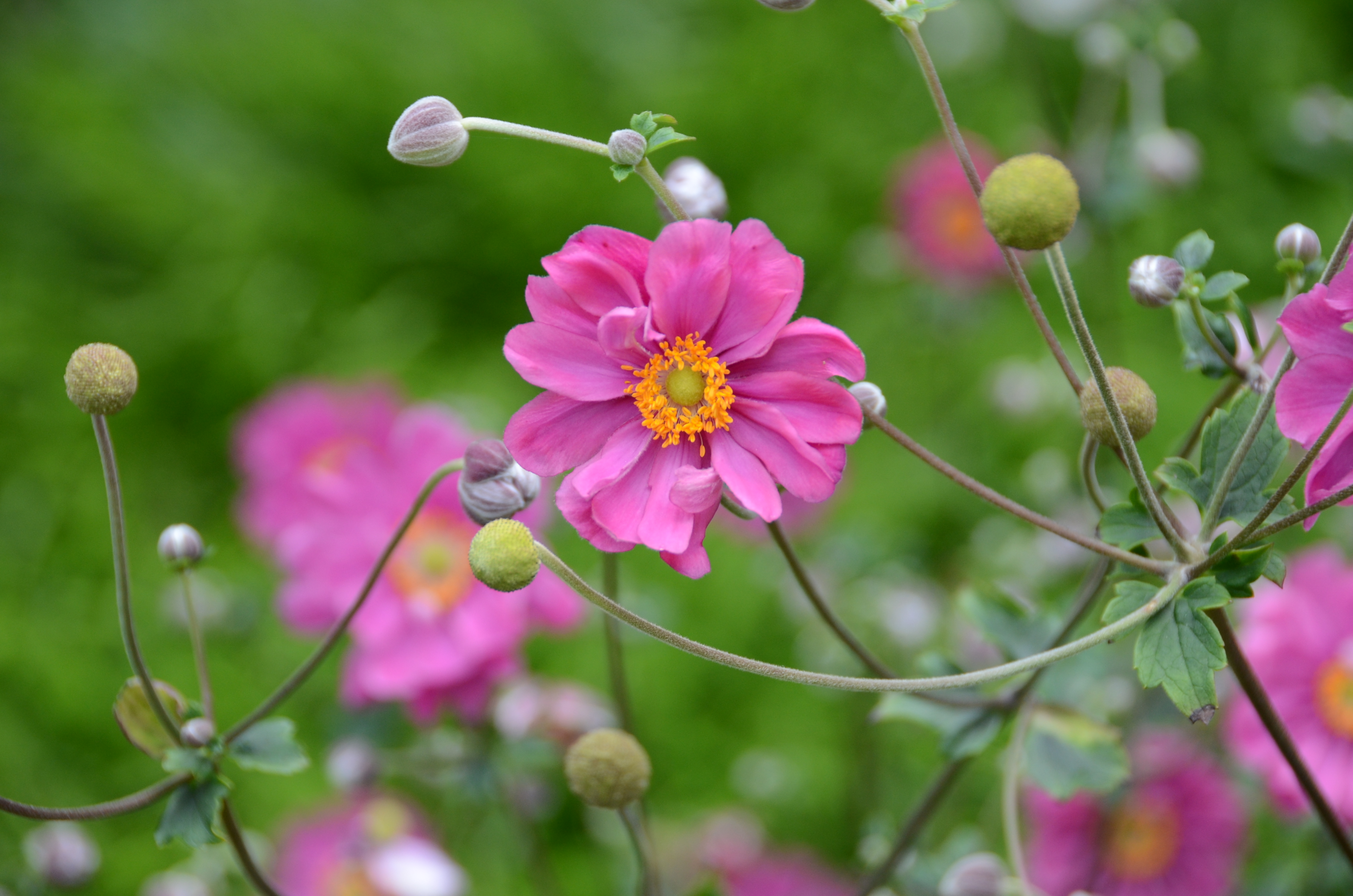
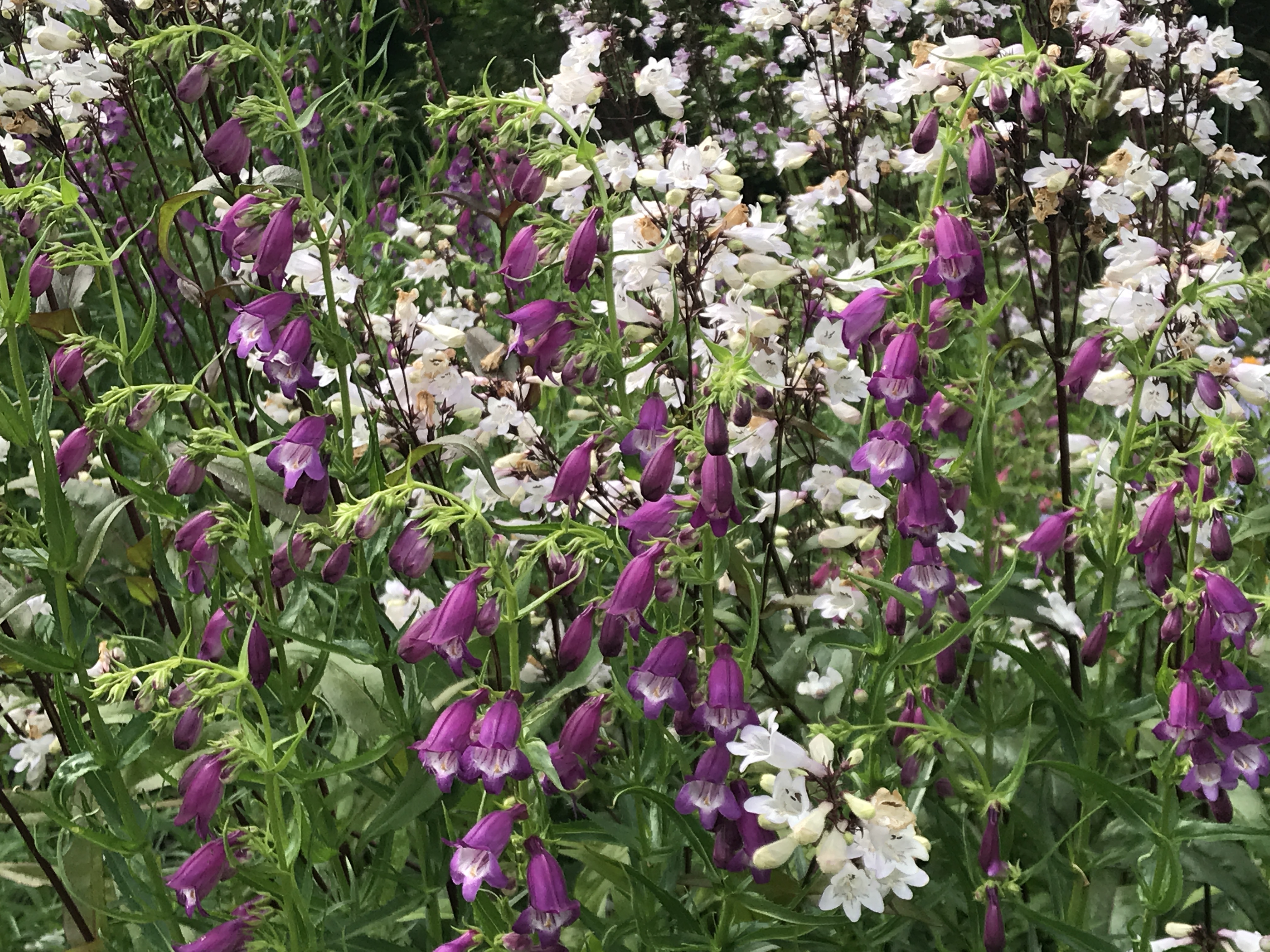

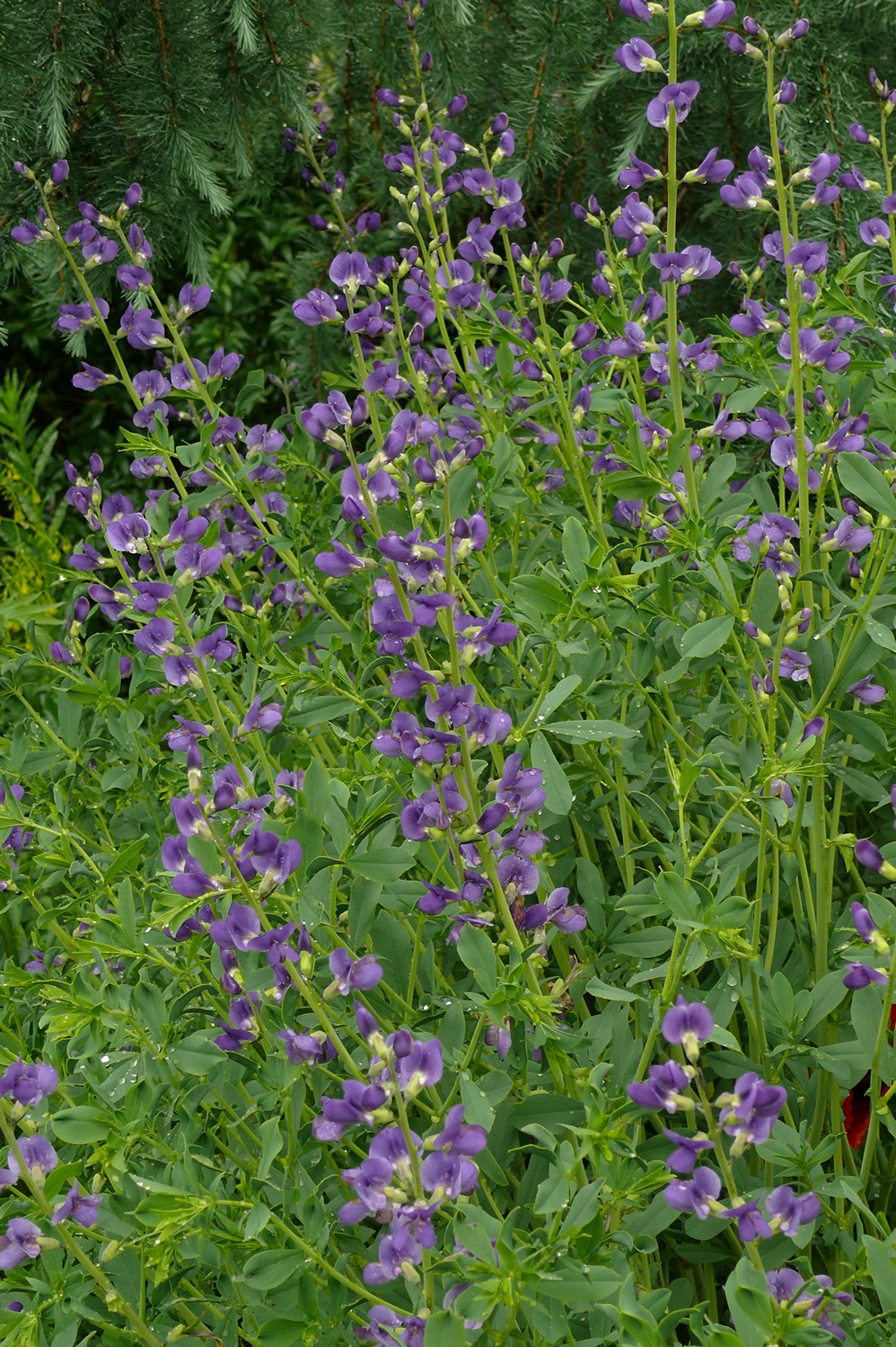
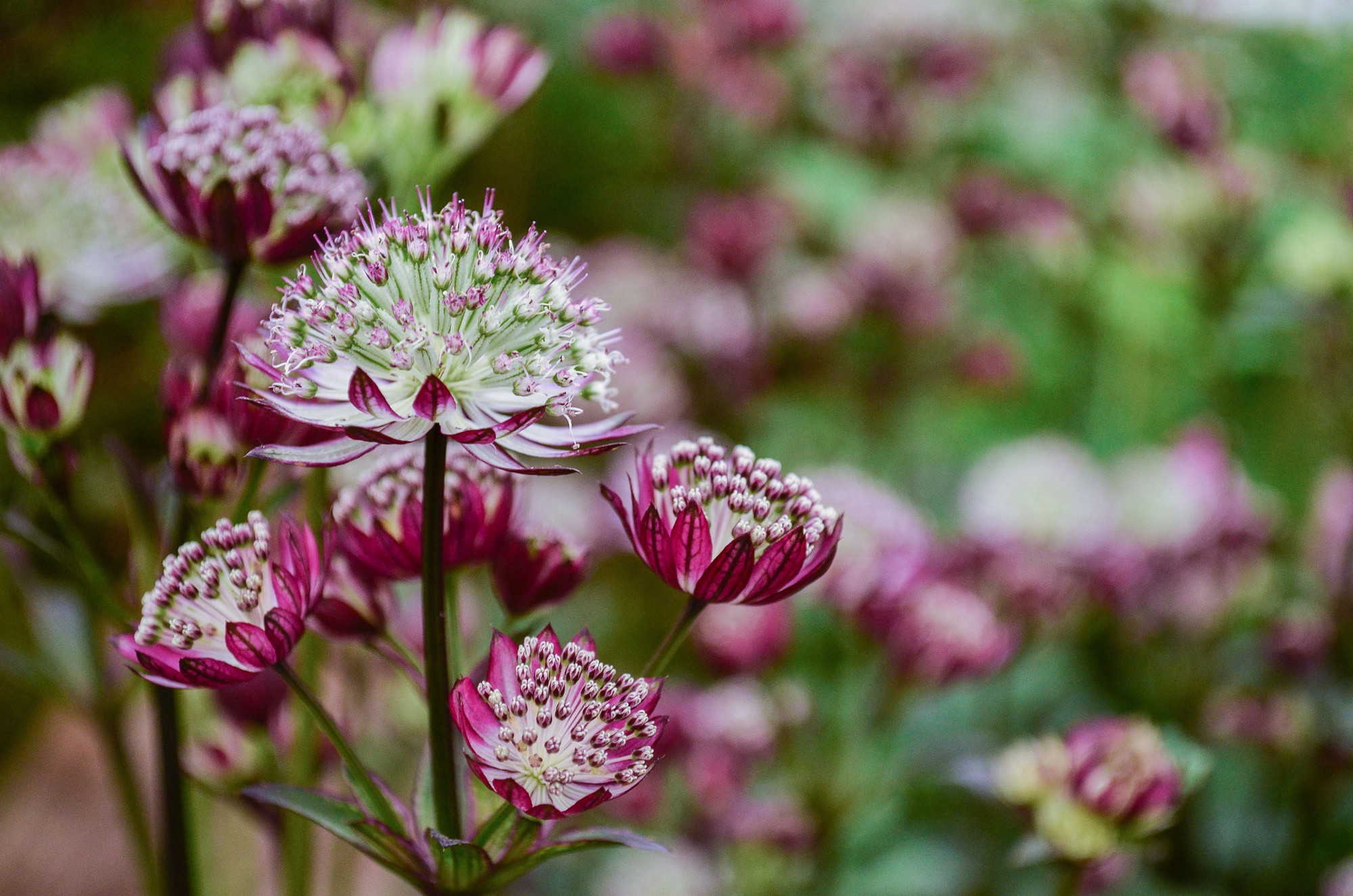
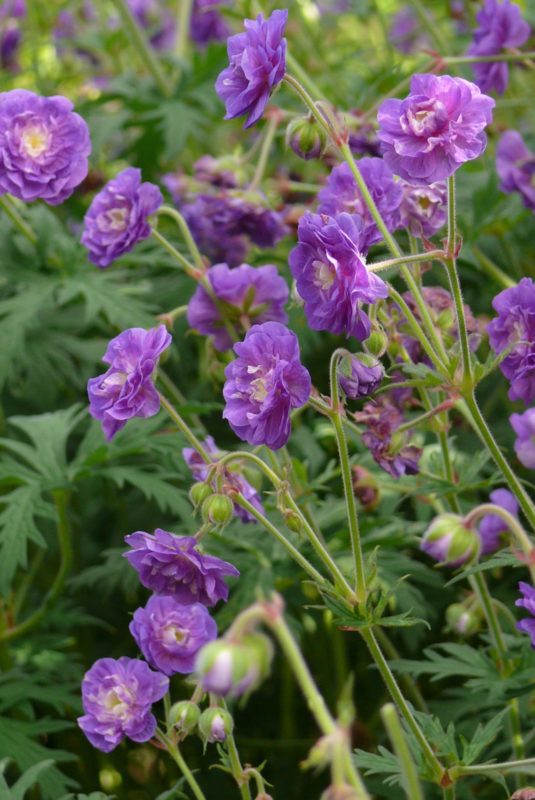
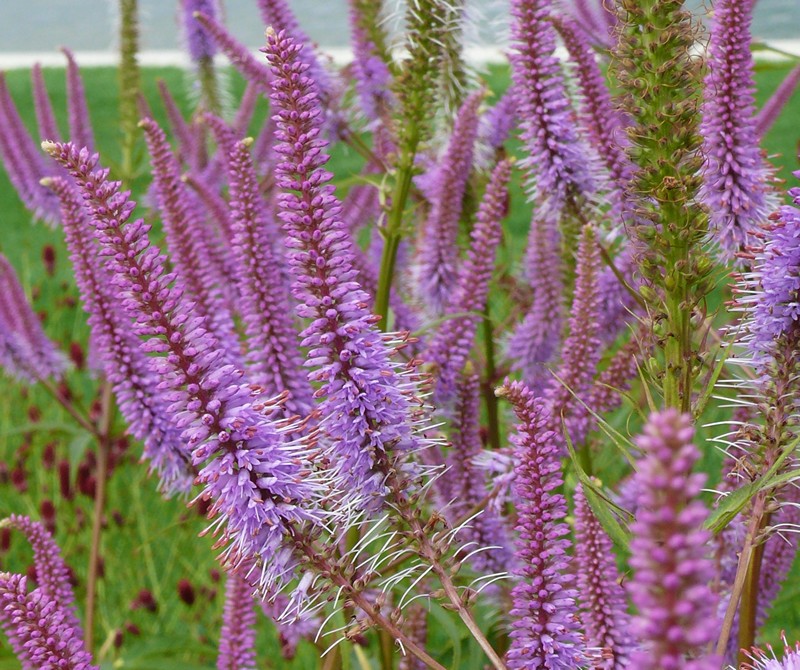


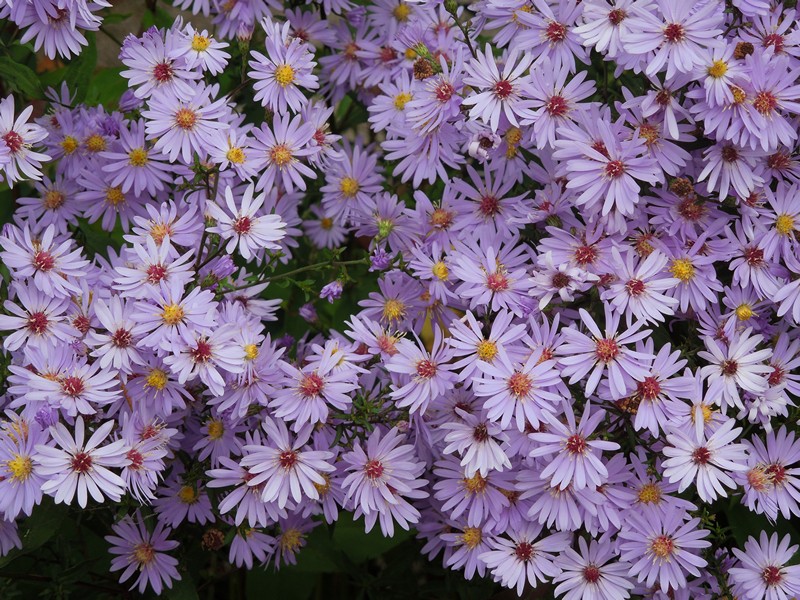
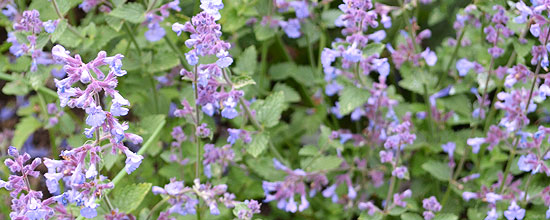
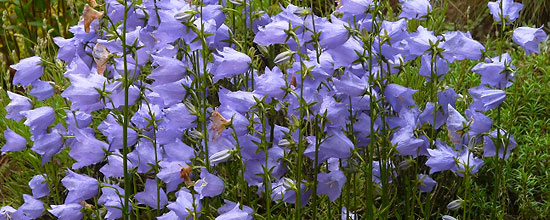


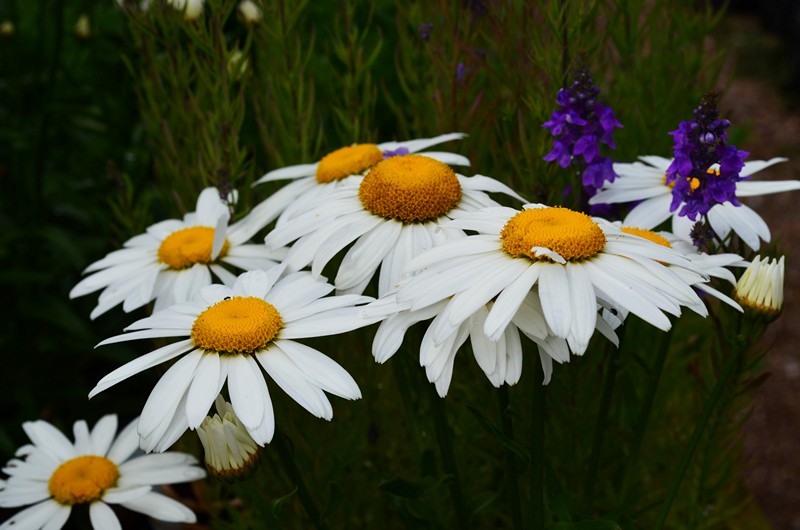
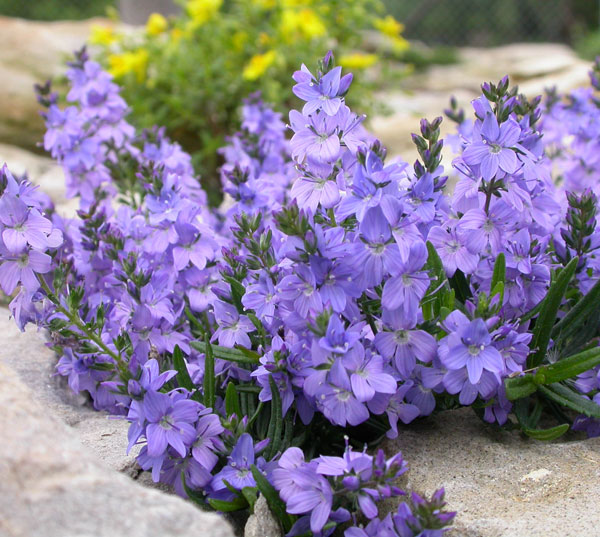



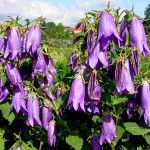
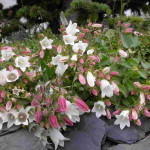
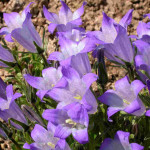
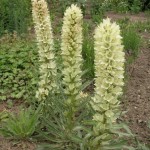
Dobrý den,I wanted to ask about Campula Get Mee and White Get Mee(bells)which one is white and which one is blue,how tall are they and if they are perennials(how many years will you last).The same Bougainvillea, how tall is it and if it is a perennial. Thank you very much for the delivery. Deutschova